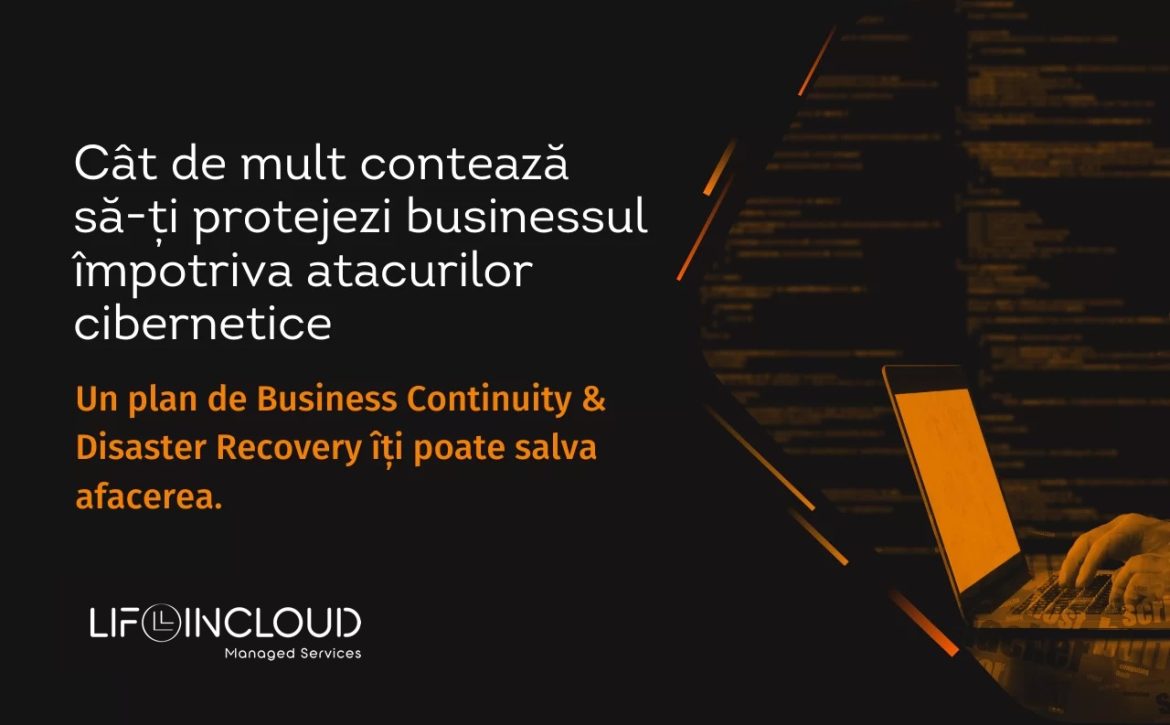With the way traffic looks pretty much every morning, it’s clear that the hybrid working model will continue into the future.
Although the psychological and social concerns are quite valid and represent a reality that we should not hide under the guise of convenience, cost savings or short-term efficiency, there is another concern, that working from home during the pandemic has left IT systems more susceptible to cyber-attacks, with employees less vigilant when in the comfort of their own homes, as their infrastructure is often poor (lack of a firewall, stable internet connection, etc).
Below is a list of the most important cybersecurity measures that any company should consider, no matter how many employees choose to work from home, even one represents a possible vulnerability:
- multi-factor authentication (also known as two-factor authentication) to add an extra level of security to the login process. Once a user has entered their password to access an account or application, they must provide an additional method of verification, which is usually a six-digit code sent to their mobile phone. This confirms that the user is who they say they are, rather than a cybercriminal who has gained access to their password.
- user awareness training to help users remain vigilant against potential attacks
- managing mobile devices to control how work equipment is used and to keep employees’ data protected and isolated from personal data
- endpoint cloud security to provide protection against emerging cyber threats to company equipment, regardless of location
This new reality comes with new challenges in the area of productivity, which requires an adaptation of the solutions used. In an increasingly digital world, it is important to assess and review your existing systems to ensure they are fit for purpose. The technology your employees use will support their entire experience, so reviewing and updating old systems is imperative to encourage innovation and productivity.
The cloud-based approach, private or public, has turned technology into a pandemic hero, ensuring a functioning economy.
The data is stored on an accessible and secure server, online, giving the user everything they need to do their job, wherever they are. This offers the simplest possible user experience, as it provides an easy transition between office and home, without depending on a fixed location, just a stable internet connection.
What are the best solutions for creating a safe and productive work ecosystem:
Microsoft Modern Workplace, for example, is a work environment that uses a suite of Microsoft 365 technologies and productivity applications designed to meet business needs. It also enables automation of routine, time-consuming tasks, increasing productivity and innovation.
The business package includes:
- Microsoft 365 with various features, Exchange Online (email), Power Automate (workflow automation), plus all the latest Office apps
- OneDrive/SharePoint for all file storage and document management needs
- Azure AD, Azure Information Protection and Data Loss Prevention technologies
- Enterprise Mobility + Security, a security solution designed for the cloud-first, mobile-first era that helps protect your organization from cyber threats
- Applications such as Microsoft Teams and Power BI
- Microsoft Endpoint Manager – part of the Microsoft Enterprise Mobility + Security suite – includes services and tools that allow you to manage and monitor mobile devices, desktop computers, virtual machines, embedded devices and servers. One of these is Microsoft Intune, a cloud-based service that enables mobile device and app management. This means you can control how your company’s devices are used. (laptops, tablets and mobile phones). You can configure specific policies to control applications. Microsoft Intune ensures that company data remains protected and isolated from personal data when used on personal devices.
If you’re thinking of adopting a hybrid, medium or long-term working model and want to learn how to protect your business and employees from cybercrime, don’t hesitate to contact us to learn more about our cyber security services. And if you don’t know where to start, consider an IT audit.




